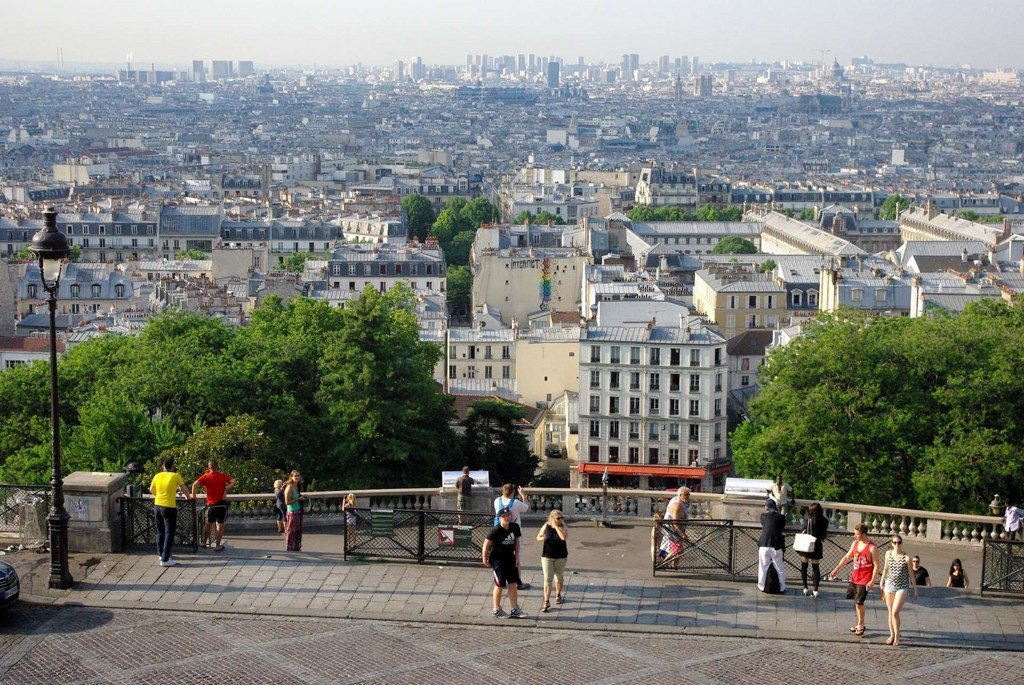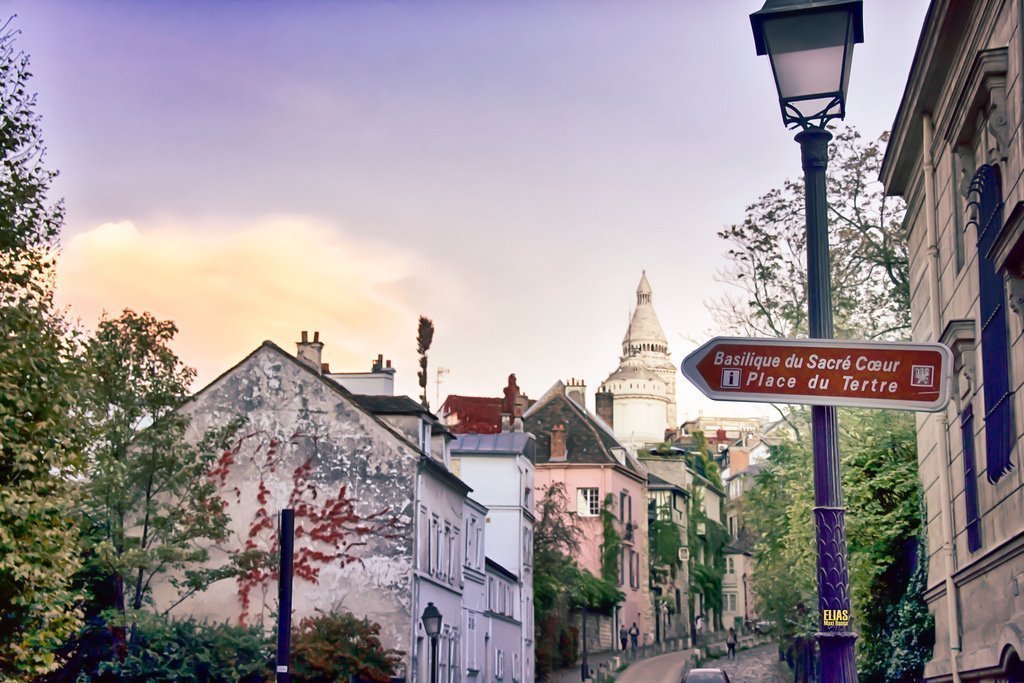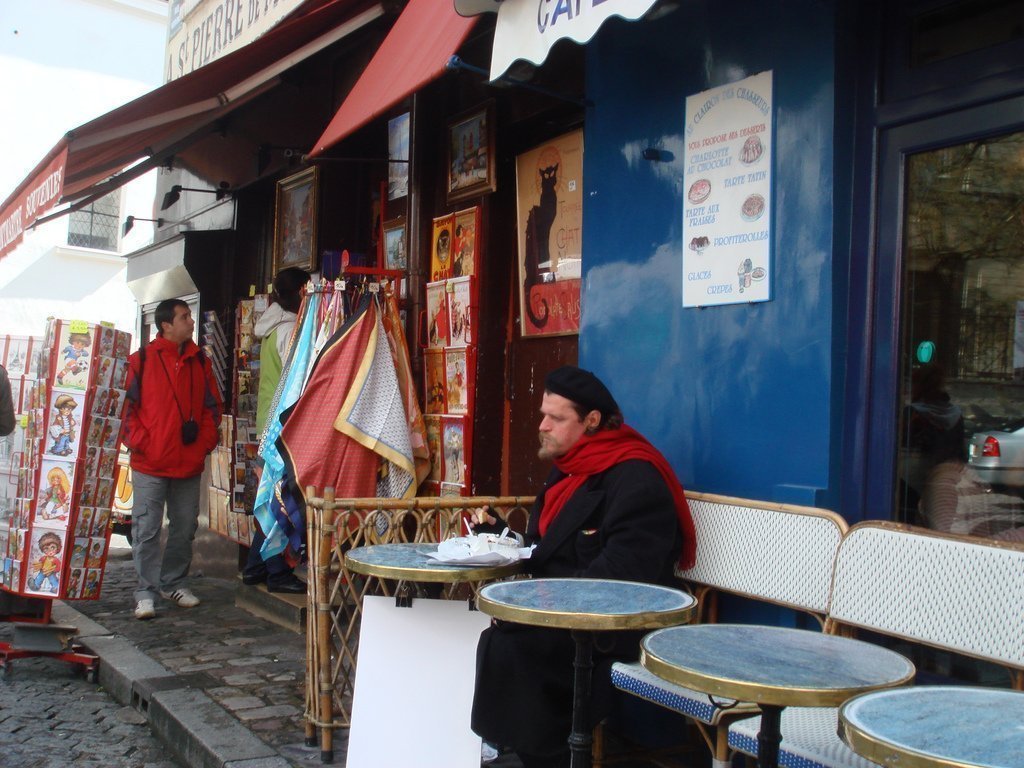Montmartre
Montmartre is one of the most picturesque neighborhoods in Paris, cherishing its fascinating history. Located in the north of the capital, the quarter still attracts tourists with romantic boulevards, famous cabarets, as well as a unique atmosphere of freedom and liberation. Even rich in change XX century could not deprive Montmartre inherent in it light provincial color and bohemian chic.










Video: Montmartre
” title=”YouTube video player” frameborder=”0″ allow=”accelerometer; autoplay; clipboard-write; encrypted-media; gyroscope; picture-in-picture; web-share” allowfullscreen> ContentsHistory
‘
At the end of the century, the neighborhood became a haven for impoverished painters, writers, and itinerant artists. In the dark dormitory rooms of the Bateau-Lavoir, Paul Gauguin and Amedeo Modigliani, Max Jacob and Pablo Gargallo huddled together. And at the walls of the famous cabaret “The Sagacious Rabbit”, waiting for a plate of free soup, stood Henri de Toulouse-Lautrec and Pablo Picasso.
.Although after World War I the title of bohemian quarter was cemented for Mont-Parnasse, the free spirit of the past still walks the boulevards and streets of Montmartre.
.’







What to visit in Montmartre
The Montmartre hill is the highest point in Paris. It offers magnificent cityscapes, plus Montmartre has a lot to offer travelers: temples, museums, vineyards, cabarets, famous boulevards, squares and a cemetery.
.Sacré-Coeur



Montmartre Museum


Moulin de la Galette


Montmartre Cemetery
After the unbridled fun of the Moulin Rouge, you want to relax a little and think about eternal things. For example, take a leisurely stroll down Rue Rachel and visit the Montmartre cemetery. The necropolis is located much lower than the street level: before the Paris authorities allowed to carry out burials on this place, there was a gypsum quarry. The cemetery is still active to this day. About 500 new burials are added every year.
.
The Montmartre necropolis was the final resting place for such Frenchmen as Edgar Degas, Alexandre Dumas-son, Stendhal, André-Marie Ampère. The great German poet Heinrich Heine is also buried here. In the cemetery you can find the graves of Turgenev’s muse Pauline Viardot, singer Dalila, dancer and founder of the French cancan and part-time mistress of Toulouse-Lautrec, Louise Weber, as well as the tombstone of Marie Duplessis.
.https://trevaladvisor.com/img%img/Monmartrreterte/Kladbishche-Monmartr-1.jpg” alt=””/>‘



Boulevard de Clichy and Place Pigalle
The lower you descend down the Montmartre hill, the closer you get to simple pleasures. Boulevard Clichy belongs to one of the oldest boulevards in Paris and has a rather windy character. The fact is that the Clichy neighborhood is home to most of Montmartre’s entertainment venues. Numerous casinos, bars, strip clubs and sex shops will gladly comfort the bored guest of the capital, and at the same time ease his wallet. For those who prefer idle contemplation, the Museum of Erotica is open. The local exposition will acquaint everyone with the history of French brothels, as well as demonstrate modern achievements in the field of sex industry.
.Connecting with Place Pigalle, the boulevard forms a kind of entertainment zone, around which all the hot spots of Montmartre are grouped. It was in the Pigalle district that the studio of the famous Toulouse-Lautrec was once located. The artist often visited cabarets, and used local “love priestesses” as models for his posters.
.

How to get there
There are several ways to get to Montmartre. You can take the metro there and get off at the Anvers station. This route is very popular with tourists and visitors to the capital. The metro station comes out on Stenkerk Street, along which lined with stores and souvenir stores. From here it is very easy to get to the top of the hill and visit the Basilica of Sacre Coeur. To get to the temple, you will have to overcome 237 steps, or use the funicular. By the way, you can pay for the ride with a metro ticket.
.
Those who choose to get off at the Abess station should linger a bit longer at Place des Abbatis, and at the same time admire the original subway entrance. Designed in 1900. Hector Guimard, it is a classic example of French Art Nouveau. Here, on the square, you can indulge in romantic dreams at the so-called Wall of Love. This unusual landmark is decorated with declarations of affection in 311 languages. For further journey to the top of the hill it is worth to stock up a map, as the streets of Montmartre have the ability to loop and throw off the route even experienced travelers.
.
Pigalle station should be preferred by those who aim to visit all the sights of the district in a short period of time. The Montmartrebus departs from the square and for a nominal fee of a few euros you can travel around all the significant sights of the district.
.
Especially for fans of the movie “Amelie”, as well as those who plan to visit all the hot spots of Montmartre, there is a metro station “Blanche”. From here, it’s a short walk to the Two Mills Café and the Moulin Rouge cabaret, as well as the other “racy” places for which Boulevard Clichy is famous.
